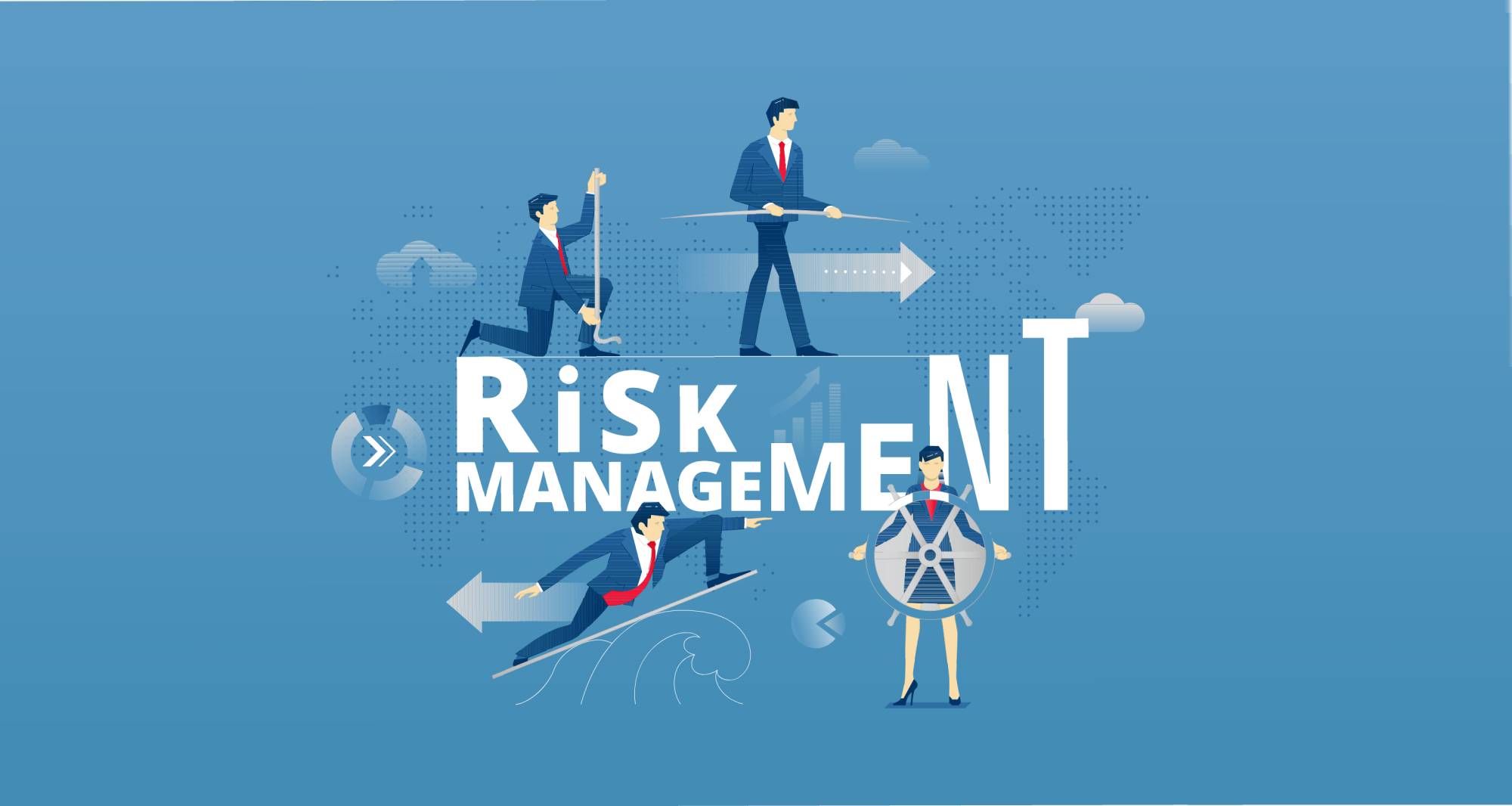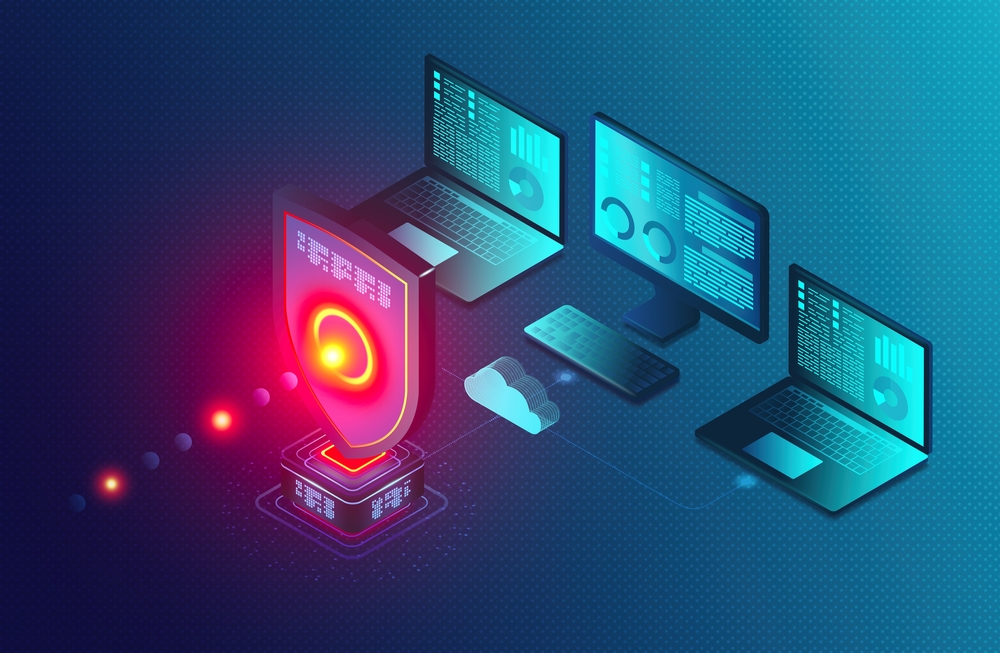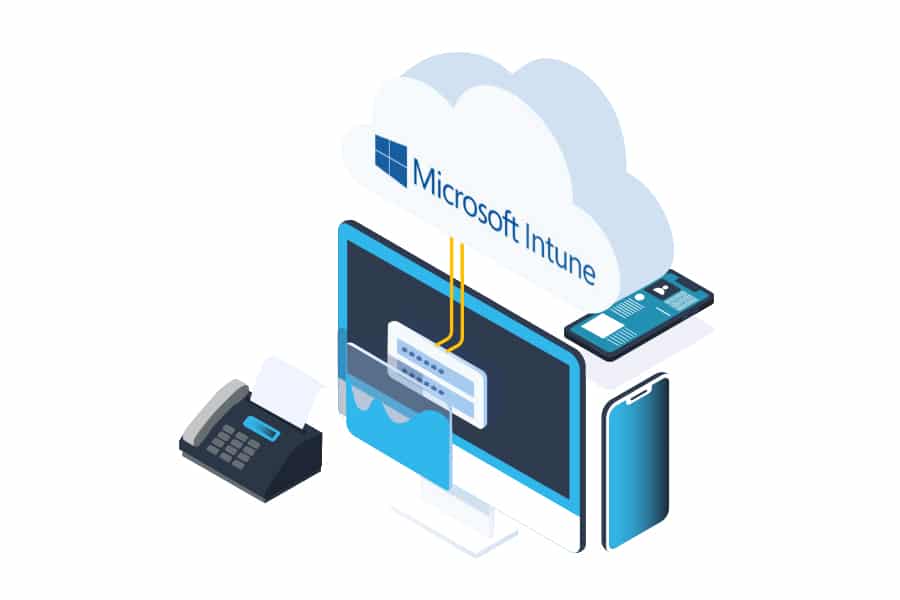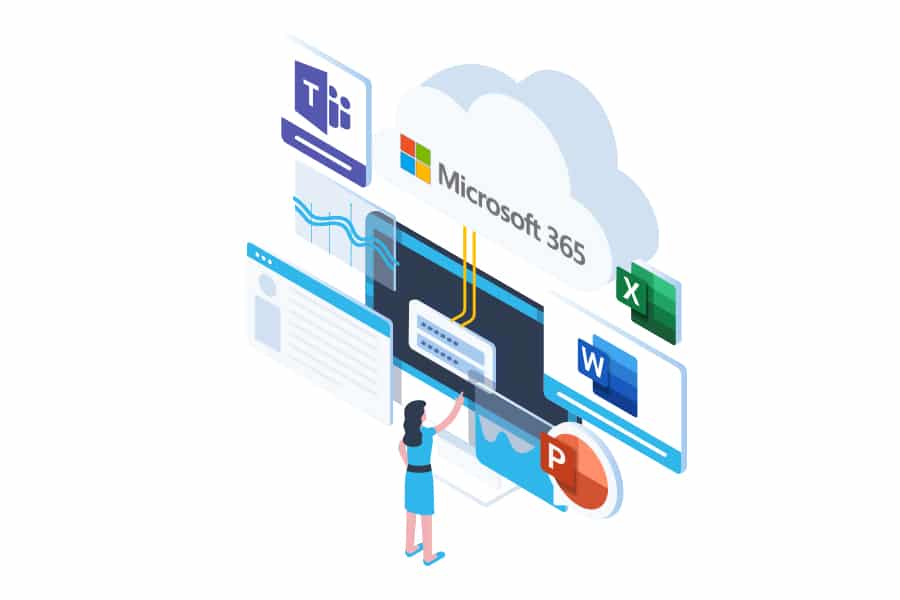
Exploring the crucial role of IBM zSystems in IBM’s hybrid cloud environment.
At times, industry colleagues may discuss the idea of moving away from the mainframe or raise doubts about the ongoing relevance of the IBM zSystems platform in delivering unique value to their businesses. While public clouds, edge solutions, and distributed technologies all have important roles to play within a hybrid cloud setup, IBM zSystems remains crucial for numerous enterprise IT environments, including IBM’s own. This is due to its ability to offer the necessary performance, resilience, security, sustainability, and efficiency required for handling mission-critical workloads.
In this context, they help to debunk certain misconceptions and elucidate the significant role that IBM zSystems currently plays and will continue to play in IBM’s hybrid cloud setup, both in the present and the future.
Myth: The mainframe is no longer core to IBM’s own enterprise IT portfolio or strategy
Truth: IBM zSystems platform is a fundamental component of our hybrid cloud strategy, and as an organization, we heavily rely on it currently. This dependence is not only because they produce and distribute zSystems, but because it is, without a doubt, the most suitable platform for the tasks at hand. IBM operate nearly 600 applications, with at least one segment running on IBM zSystems, which constitutes over 65% of all financially critical applications. Business-critical functions like quote-to-cash, finance, and HR operations run on z/OS, z/VM, and Linux on zSystems. This includes IBM’s integrated enterprise resource planning (iERP) solution, our global credit system, accounting information repository, global logistics system, and our common ledger system.
Myth: The mainframe is expensive
Truth: The overall cost of maintaining applications on IBM zSystems can be lower than migrating to alternative platforms, owing to the platform’s extended lifespan, high utilization, and backward compatibility. By adopting a technology business management (TBM) approach, we are actively showcasing that applications hosted on zSystems can exhibit superior performance, enhanced security, and lower total cost of ownership in a contemporary operating environment. Numerous clients have also realized the benefits of utilizing existing capacity on IBM zSystems, which results in a reduction in public cloud expenses. Additionally, we employ “intelligent workload placement” by moving containerized application workloads across different architectures to optimize performance, sustainability, and cost-effectiveness. This approach forms the core of a modern, efficient hybrid cloud setup.
Myth: Modern applications don’t run on the mainframe
Truth: IBM zSystems provides a secure, cost-effective, and energy-efficient platform for hosting contemporary applications. By incorporating Red Hat OpenShift and Red Hat Enterprise Linux on IBM systems, alongside continuous integration and continuous deployment (CI/CD) pipelines and Infrastructure as Code, it presents a compelling and contemporary environment that harnesses the expertise of agile developers.
Myth: If “cloud” is the destination, we should move applications off the mainframe
Truth: Absolutely not! Within a hybrid cloud ecosystem, the placement of application workloads must be optimized to cater to operational needs that balance factors such as sustainability, performance, agility, reliability, and cost-effectiveness. IBM zSystems outshines other platforms in several areas, including Infrastructure as Code, transparent operating system patching without application downtime, enhanced security, increased reliability, and a reduced environmental footprint. With the incorporation of CI/CD pipelines for applications on IBM zSystems, it bears a striking resemblance to operations on other cloud architectures.
Myth: We need specialized and antiquated skills to use the mainframe
Truth: Contemporary tools lessen the demand for specialized expertise in maintaining outdated technologies still used by certain business applications. Notably, IBM zSystems supports a range of modern technologies and tools, such as Python, YAML, Java, Kubernetes, and Ansible. To make the most of IBM zSystems’ capabilities, it’s necessary to possess proficiency in these skills, which are becoming increasingly essential in our team and the industry as a whole. By combining modern skills with the platform’s cutting-edge features, we can achieve all the benefits that a pivotal component of a modern hybrid cloud operating environment has to offer.
Myth: The mainframe is old
Truth: Would you regard a 2023 Ferrari as outdated? Neither would I. Despite being renowned for their backward compatibility, the latest IBM z16 and IBM LinuxONE 4 (specifically for Linux-only environments) are equipped with cutting-edge features such as embedded AI processors, pervasive encryption, and quantum-safe cryptography. With these innovations, contemporary IBM zSystems boast unparalleled performance, availability, and security, which have been trusted by renowned global entities like banks, insurance companies, airline reservation systems, and retailers, owing to their demonstrated transaction processing prowess and resilience.
Here at CourseMonster, we know how hard it may be to find the right time and funds for training. We provide effective training programs that enable you to select the training option that best meets the demands of your company.
For more information, please get in touch with one of our course advisers today or contact us at training@coursemonster.com















